Getting a screen noticed outside is no easy feat. Outdoor environments are full of distractions, and compared to indoor areas, outdoor screens have to work much harder to get noticed. Whether an outdoor screen is providing advertising, information or branding, it has to cope with all sorts of competition for people’s attention. Storefront displays, static posters, other digital signage and the general hustle and bustle of outdoor environments all compete for people’s attention.
The dwell time on an outdoor screen is much lower too. While research indicates the average indoor display may attract somebody’s attention for up to eight seconds, outside, the time people spend looking at a screen is a quarter of that – less if the weather’s bad.
Of course, location is critical when it comes to using an outdoor screen, and while factors such as permission and practicality may limit the location choice, there are other ways of making a screen more noticeable and prominent.
Size and Orientation
Being a new industry, there has been little research into what makes one outdoor screen more noticeable than another. Content of course, is critical – the more engaging the content the more likely people are to view it, but methods of content delivery can make a big difference too.
Screen size is important. People tend to view outdoor screens from farther away. Whether it’s an information screen on a train station platform or an advertising screen outside the front of a store, the audience may be looking at the screen from a good distance away, they may even be travelling past in a vehicle, so when it comes to outdoor digital signage, size really does matter.
Orientation too can make a big difference. While most indoor screens are positioned in the portrait orientation (vertical) evidence suggests that this is less effective at garnering attention as landscape mode (horizontal). The reason so many indoor digital signage screens are positioned in portrait mode has more to do with space (more screens can be fitted side-by-side), but because people are naturally used to viewing TV screens at home in landscape mode, it works better for digital signage too. Landscape mode is also better at delivering lots of information, as people naturally read from left to right and a landscape screen can encompass more text in a row.
Style of Enclosure
Another aspect to outdoor digital signage that can make a difference is the type of enclosure used to house the screen. The enclosure is often overlooked when it comes to digital signage but it is an essential aspect to the overall visual aesthetic of the display. Wall and ceiling mounted enclosures tend to be simple, resembling picture frames to contain the screen. However, they are easily missed when people are rushing passed. Floor standing enclosures provide a much more prominent and eye-catching unit. These digital signage systems make a very noticeable feature and are ideal for front of stores, entrances or anywhere else where you really want to grab people’s attention.
Because size, orientation and enclosure type can make such a big difference to the effectiveness of an outdoor screen, Armagard produce a wide range of different enclosure types. Armagard enclosures not only provide all the protection a screen needs to operate in an outdoor environment, but also come in a variety of styles, shapes, sizes and orientation, including outdoor totems and portrait and landscape enclosures ranging from 24” to giant 70” LCD enclosures that are impossible to miss.
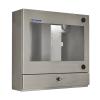

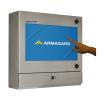
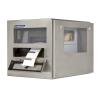
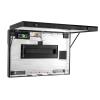
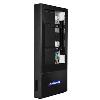
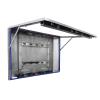
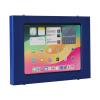
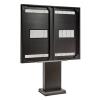
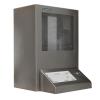






Comments are closed.